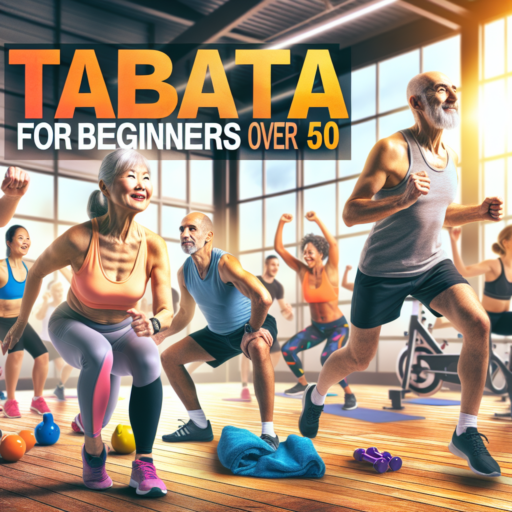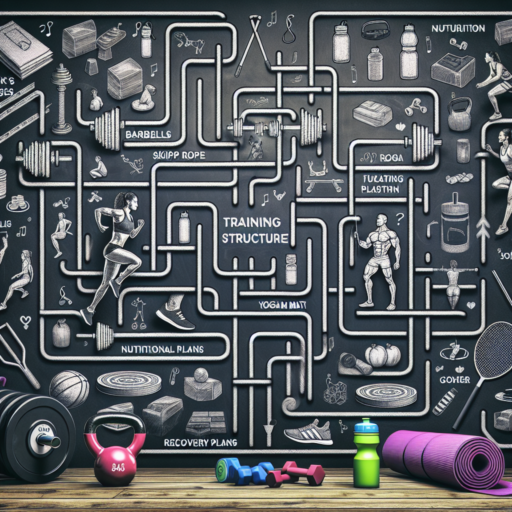Is Tabata good for seniors?
When considering fitness routines for seniors, many wonder about the suitability of high-intensity interval training (HIIT) programs like Tabata. Tabata, known for its short bursts of intense activity followed by periods of rest, may initially seem daunting for the older population. However, adaptations of the Tabata protocol can provide significant health benefits to seniors, ranging from improved cardiovascular health to increased muscle strength.
One of the key aspects to consider is the modifiability of Tabata workouts. For seniors, Tabata exercises can be tailored to match their fitness levels, reducing the risk of injury while still promoting physical activity. By incorporating exercises such as chair squats, wall push-ups, and seated leg raises, seniors can engage in Tabata-style workouts that are both safe and effective. The emphasis on minimal equipment and the ability to modify exercises makes Tabata an accessible fitness option for many older adults.
Furthermore, the structure of Tabata workouts, characterized by intervals of exercise and rest, can be particularly beneficial for seniors. This structure allows individuals to manage their exertion levels more effectively, preventing overexertion and the associated risks. Additionally, the short duration of Tabata workouts, typically 4 minutes, can be appealing to seniors looking for efficient and manageable ways to incorporate exercise into their daily routine.
Is 20 minutes of Tabata enough?
When it comes to high-intensity interval training (HIIT), Tabata stands out for its efficiency and effectiveness. Originally designed by Japanese scientist Izumi Tabata, this workout method comprises 20 seconds of ultra-intense exercise followed by a 10-second rest, repeated for 4 minutes (8 cycles). A common question among fitness enthusiasts is: Is 20 minutes of Tabata enough to achieve significant health benefits and fitness improvements? Let’s delve into the essence of this question, focusing on the intensity and duration aspects of Tabata workouts.
Tabata’s allure lies in its promise of delivering substantial fitness gains in a compact timeframe. The principle behind it suggests that a mere four minutes of Tabata can rival the benefits of more extended, moderate exercise sessions. Therefore, extending a Tabata session to 20 minutes might seem like an achievement that could exponentially increase its benefits. In these 20 minutes, individuals engage in multiple Tabata cycles, pushing their bodies to intense effort levels not commonly achieved in longer, steady-state workouts.
Understanding the mechanics of Tabata helps in appreciating the potential sufficiency of a 20-minute session. With its sequence of high effort followed by brief recovery, Tabata is designed to maximize aerobic and anaerobic capacity. The intensity, which is the core of Tabata, means workouts are both physically and mentally demanding. However, this also raises concerns about sustainability and the risk of injury, particularly for those not accustomed to such high levels of physical stress. It’s essential to listen to your body and balance intensity with safety.
No se han encontrado productos.
What is the best exercise for a 50 year old?
Finding the perfect exercise regime as you hit the 50-year mark can be a game-changer in maintaining not just physical but overall health. It’s about striking the right balance between strength, flexibility, and cardiovascular fitness. The best exercise for someone who is 50 will largely depend on individual health conditions, fitness levels, and preferences. However, there are some workouts that stand out due to their comprehensive benefits and accessibility.
Walking
Don’t underestimate the power of a good walk. Walking is exceptionally beneficial as it’s low-impact, can be done anywhere, and fits into any schedule. Regular walking improves heart health, aids in weight management, and boosts mental well-being. Aim for at least 30 minutes of brisk walking daily to see significant benefits. Incorporating variable terrains and inclines can further enhance the workout’s effectiveness, challenging the body in new ways which is crucial for those in their 50s seeking optimal health outcomes.
Yoga
Yoga is another excellent choice for 50-year-olds focusing on flexibility, strength, and mental peace. Regular practice can significantly reduce the risk of joint issues, enhance balance, and lower stress levels. Yoga’s versatile nature means it can be adapted to suit any fitness level, making it an inclusive option for all. Engaging in different styles, from gentle Hatha to more strenuous Vinyasa flows, ensures a comprehensive workout that addresses various aspects of physical and mental health.
Can you lose weight just doing Tabata?
Absolutely, incorporating Tabata training into your fitness regime can be a highly effective method for weight loss. This high-intensity interval training (HIIT) method not only boosts your metabolism but also enhances your ability to burn fat even when you’re not exercising, thanks to the afterburn effect.
Understanding the Basics of Tabata
Tabata consists of short, intense bursts of exercise followed by brief rest periods. This cycle is typically repeated for four minutes, combining exercises that target various body parts. Its efficiency comes from pushing your body to its maximum effort levels, which significantly impacts your caloric expenditure not only during the workout but for hours afterwards.
The key to losing weight with Tabata lies in its ability to increase your resting metabolic rate. By incorporating exercises that are both aerobic and anaerobic, Tabata stimulates muscle groups that continue to burn calories at an elevated rate long after your workout is complete. It’s this continuous calorie burning that contributes greatly to weight loss.
However, for optimal results, it’s crucial to pair your Tabata workouts with a balanced diet. Proper nutrition ensures your body gets the necessary fuel to perform high-intensity workouts and recover properly. While Tabata training is effective in promoting weight loss and improving overall fitness, it is but one part of a comprehensive approach to health and wellness.




